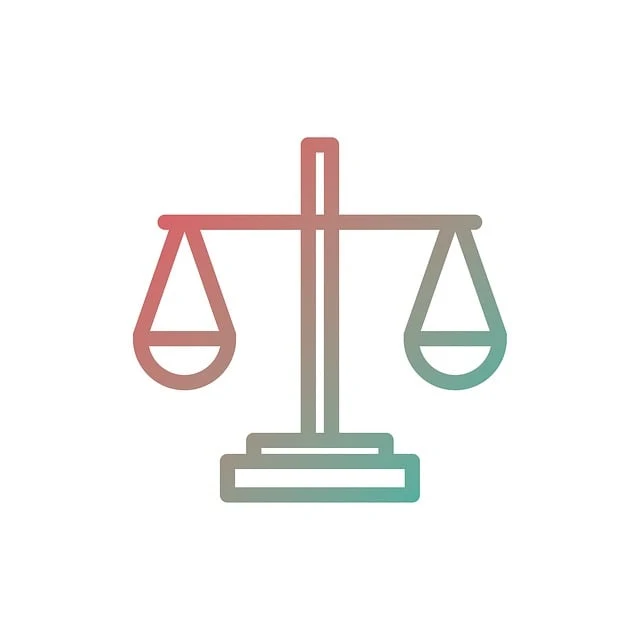Major Branches of Economics
Even though economics isn't really a pure science, it is usually divided into two main branches: microeconomics and macroeconomics. This grouping really took off after the rough times of the Great Depression in the 1930s.
Before 1936, there was only one area of economics that was very similar to what we now call "microeconomics," and it was simply known as economics. It wasn't until John Maynard Keynes published "The General Theory of Employment, Interest, and Money" that macroeconomics became its own distinct field of study.
Microeconomics studies the choices made by small groups of people, like consumers, businesses, and resource owners, to look at how the economy works on a micro level. It looks at how these people make decisions, how those decisions affect the dynamics of demand and supply, how market prices are set by exchanges between buyers and sellers, and how the total output is shared among factors like labour, capital, landowners, and entrepreneurs. Basically, microeconomics is the study of how people behave as consumers, how much things cost, and how to price them, as well as social economics, which looks at how to best distribute resources. We will talk about these ideas in more detail in the parts that follow.
On the other hand, macroeconomics looks at how the whole economy works and how well it does overall. It looks into what affects big parts of the economy, like national income, aggregate consumption, savings, investment, employment rates, general price levels, and the balance of payments. In addition, macroeconomics looks at how these factors affect the national output as a whole. It also looks at how monetary and fiscal policies, government economic actions, and trade relationships between countries affect the economy. The primary objective of macroeconomics is to study these big picture features of the economy.
With this in mind, let's move on to microeconomics, which is the main subject of our study.
Understanding Microeconomics
As we've already talked about, microeconomics is the study of how individuals in the economy—consumers, producers (firms), and resource owners—achieve the best possible outcomes while working with limited resources, as well as how their choices affect the market, prices, and production.
To reach this objective, people have to make a lot of decisions while dealing with endless wants and different ways to use resources. Microeconomics looks at how these choices are made. This article looks at how people choose "what" and "how much" to consume in order to be happiest while staying within their means. It also looks at how companies choose "what" to produce, "how" to produce it, "for whom" to produce it, and "at what price" to sell their goods or services in order to make the maximum revenue given their limited resources.
Instead of looking at the economy as a whole, microeconomics looks at how people make decisions in the economy on a very small scale. In Lerner's words, "Microeconomics consists of looking at the economy through a microscope to understand how individual actors—consumers, firms, and resource owners—contribute to the functioning of the entire economic system."
From this very small point of view, economic decision-makers are put into groups based on whether they own resources, consume goods, or create goods. Individual consumers, individual producers, and individual resource owners (like labour and capital owners) are the economic players that microeconomics looks at. Additionally, it looks at how these economic actions affect the creation of goods and services and the prices of those things. For example, in microeconomics, a consumer's decision to purchase a certain product can impact the demand for that product in the market. This can, in turn affect the price of the product and ultimately influence the decisions made by producers on how much to produce.
Using a systematic approach, microeconomics looks at how buyers, producers, and resource owners save money, as well as how prices for goods and services are set. It looks at many things: studying how consumers act can help you understand consumer theory or demand theory; studying how producers act can help you understand production theory, supply theory, and cost theory; putting together demand and supply theories makes the theory of price determination.
Distribution theory or factor-price determination theory can also be reached by looking at how factor owners act. The study of how to best distribute resources for production and things among consumers is an extension of distribution theory. This field is called welfare economics. The field of modern microeconomics studies these economic ideas and how they can be used in the real world to improve societal well-being.
To sum up, microeconomics gives us a way to look at how people make choices and how resources are distributed in a market economy. As long as economists understand these basic ideas, they can guess how changes in policies or market factors will affect the economy. You need to know these things in order to make smart choices in business, government, and everyday life.


.jpeg)
0 Comments
If this article has helped you, please leave a comment.